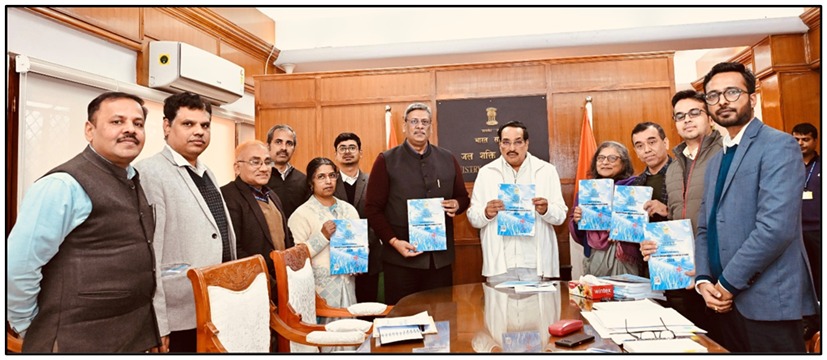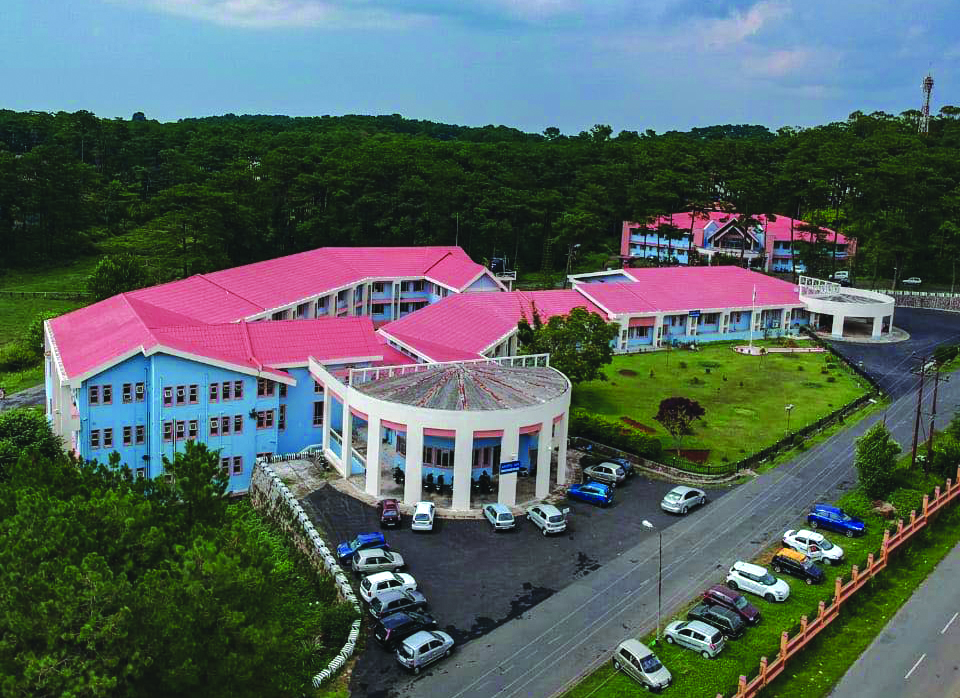Shillong, Dec 31: Drinking water quality in Meghalaya and other states of the Northeast are in compliance with Bureau of Indian Standards( BIS) norms.
This was revealed in the Annual Ground Water Quality( 2024) of Central Ground Water Board released today. The report provides a comprehensive analysis of groundwater quality in India through background monitoring, trend analysis and hotspot identification.
With a robust dataset derived from over 15,200 monitoring locations and focused assessments at 4,982 trend stations, the report delivers critical insights into groundwater quality variations across spatial and temporal scales.
“Arunachal Pradesh, Mizoram, Meghalaya, and Nagaland reported 100% compliance with the Bureau of Indian Standards (BIS) for drinking water quality” the report stated. Groundwater is a critical source of drinking water, irrigation, and industrial usage worldwide.
Electrical Conductivity (EC) is a measure of the ease with which water conducts electricity. It is actually the measure of mineralization of water and indicative of the degree of salinity of groundwater.
Groundwater Electrical Conductivity(EC) values in Northeast states are well within permissible limits (<750 µS/cm), reflecting low salinity with no state reporting EC >3000 µS/cm.
This achievement is significant in the broader context of India, where nearly 20% of groundwater samples from other regions exceed permissible limits for critical contaminants such as nitrate, fluoride, and others.
Groundwater across the Northeast is classified as highly suitable for irrigation based on Sodium Adsorption Ratio (SAR) and Residual Sodium Carbonate (RSC) values. The region falls predominantly in the “excellent” category (S1) for irrigation water.
Experts say the region’s aquifers benefit from high natural recharge due to abundant rainfall and minimal industrial or agricultural pollution. “Dominated by hard rock geology, the aquifers exhibit minimal leaching of harmful minerals like fluoride or arsenic into groundwater,” they say.
Regarding Fluoride contamination, there is minimal presence as fluoride levels remain well below the BIS acceptable limit of 1.5 mg/L. Unlike the Ganga-Brahmaputra plains or arid regions of Rajasthan and Gujarat, the Northeast’s groundwater does not suffer from fluoride or arsenic contamination, which is prevalent in regions with certain geological formations or excessive industrial activities.
The report says there is no significant presence of nitrate in groundwater across the region.
On arsenic, the report says although Assam’s Brahmaputra floodplain shows traces of arsenic, the levels are significantly lower compared to hotspots like West Bengal and Bihar.
“Some pockets in the region may report iron concentration slightly above the permissible limit (1 mg/L), but this remains an aesthetic rather than a health concern,” the report says.




